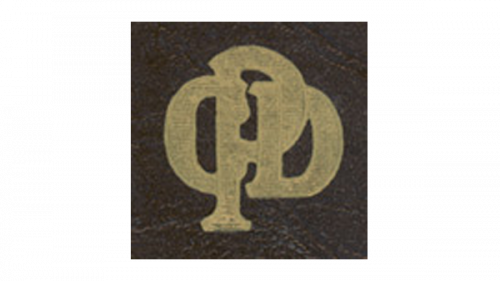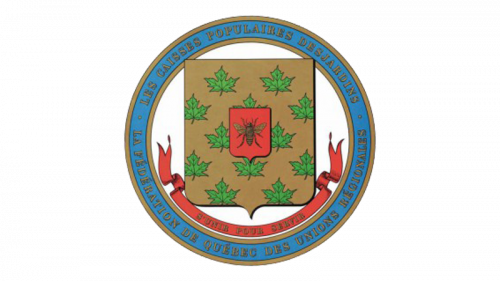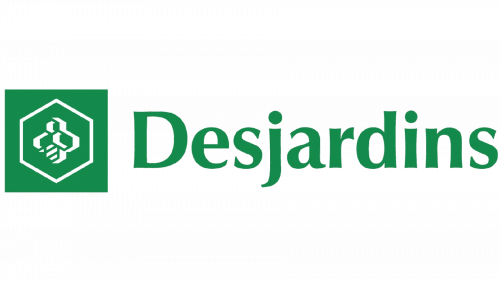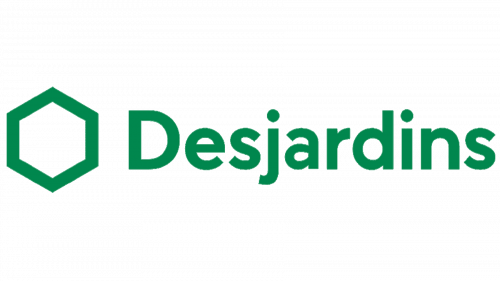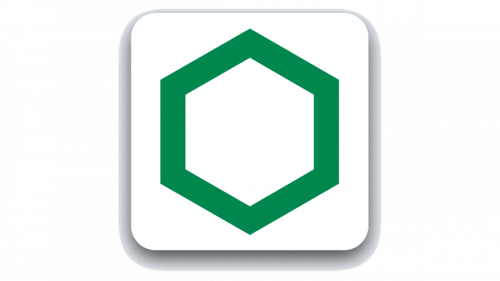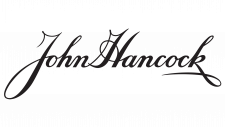Desjardins Logo
Desjardins is one of the world’s leading financial companies, which was established in 1900 and located in Canada. They itemize in providing you with various banking and related services. They’re able to help you create a checking account and retain it; manage your risks and threats by offering insurance services; cover all of your stock brokerage issues; and take to control of your investments and finances.
Meaning and history
After examining European credit facilities established in the 19th century, a French businessman and banker named Alphonse Desjardins founded a new bank, which would be an adjustment to North America. The new bank’s name was Desjardins – after its founder. Initially, it was a credit union – its name sounded as ‘caisse populaire Desjardins’, literally ‘Desjardins Credit Union’. However, the brand didn’t have any logo for a long time – it appeared only in 50s. Before that time, the bank used just its name as something to distinct it from the competitors.
What is Desjardins?
Desjardins is a financial organization, founded in 1900 and located in Quebec, Canada. They specialize in providing banking services for individual people and organizations across the whole world. These services include money loaning and keeping it in Desjardins bank accounts, stock brokerage services, insurance covering, asset-based landing as well as helping customers with their finances organization and intensification. The bank history and its name derives from Alphonse Desjardins – a businessman, who founded the whole institute and developed it in the further years to come.
1950 – 1960
The very first logotype, sometimes used in the documents and official papers by the bank representatives, was introduced in 50s. It featured a monogram consisting of ‘C’, ‘P’, and ‘D’ letters crossing each other. The largest ‘P’ was at the center of the mark. The ‘C’ intertwined it from the left side, and ‘D’ appeared from the right.
1960 – 1977
The next logotype was nothing else but a coat of arms of the bank. It consisted of four elements: a large blue ring with inscription on it, a red line with another lettering on it, a large dark gold shield and a second shield, overlaid on it. The ring had a golden inscription, written in a circular position. At the top, the lettering said ‘Caisse Populaire Dejardins’. At the bottom it had ‘La Federation De Quebec Des Unions Regionales’ wording. The golden shield received a green leaf pattern. Finally, the little red shield obtained a bee imagery on it.
The bee derives from the person of Cyrille Vaillancourt, one of the general men in the bank at that time, who took part in the process of the logotype creation. Early in his career, he was the chief of Quebec’s Ministry of Agriculture, working in which he managed to create a beekeeping division. After this, he was often associated with bees.
1977 – 1998
Then, they removed the coat of arms and put a minimalistic green and white emblem in its place. The brand designers decided to develop the bee idea and put a stylized bee honeycomb consisting of three fragments, the lowest of which had a striped pattern. The comb was drawn from a side, and had a 3D effect. The whole image happened to appear in the thin hex frame.
1998 – 2018
Then, the hive comb got a green background and moved to the left side of the newly formed nameplate. The inscription had a slim, thin and elegant sans-serif typeface without any special features. Sometimes, they extended the background from just the emblem zone to the whole logotype size. They used this variant equally with the non-background one, as it increased the recognition of the brand by logo.
2018 – today
With the coming of the Internet and modern electronic era, the company had to develop a fresh logotype. In a nutshell, they made all the logo elements way bolder. The bee flew away from the logo, as it was hard to recognize the insect on the mobile devices. The background disappeared too.
Font
The font of 2018 logotype received a way straighter and stricter style than previously, which showed off in bolder lines. The company developed a simple, attractive font without any abrupt features.
Color
Since the 1970s, the brand has been using a green and white color scheme. Throughout this time, the brand became associative with this palette. The white comb, placed next to the white name, was recognizable enough. The whole composition had a green background. Even when the company removed the bee comb and the green background, remaining only the hexagon and the name itself, the logo was still recognizable enough to be the main mark of the company.


